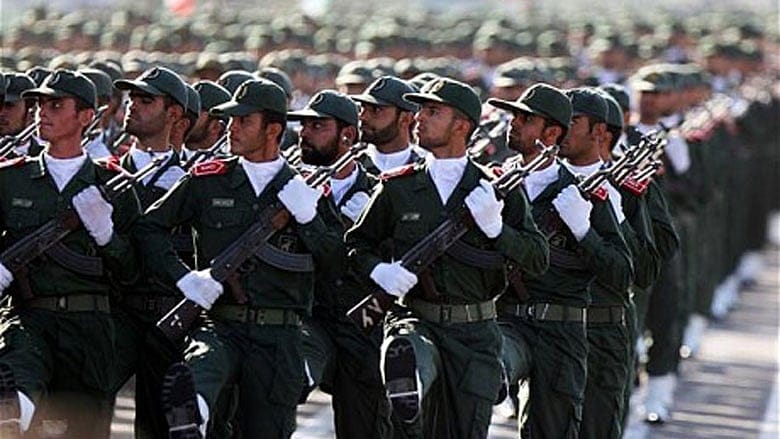Iran accused of coercing vulnerable Afghans to fight for Assad in Syria

(CNSNews.com) – Iran's Islamic Revolutionary Guard Corps (IRGC) is reportedly coercing undocumented Afghans living in Iran to fight in support of Syria's Assad regime, using a combination of financial incentives and coercive tactics including threat of deportation or imprisonment.
Tehran, whose IRGC forces and Lebanese Hezbollah proxy are fighting on behalf of Syrian President Bashar al-Assad, has dismissed the allegations as "fabricated."

